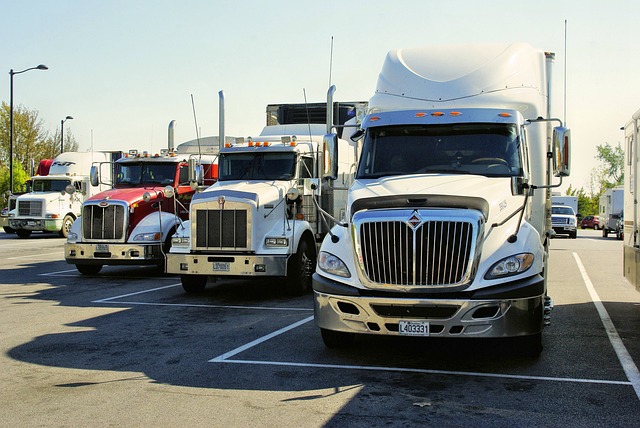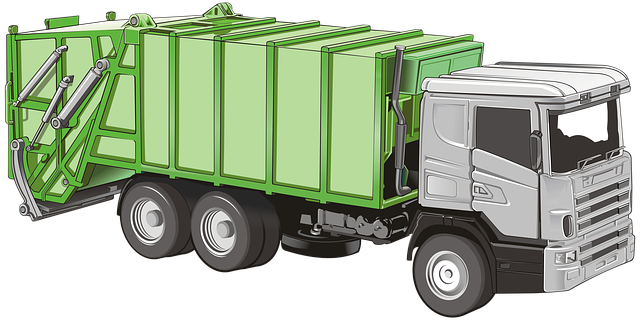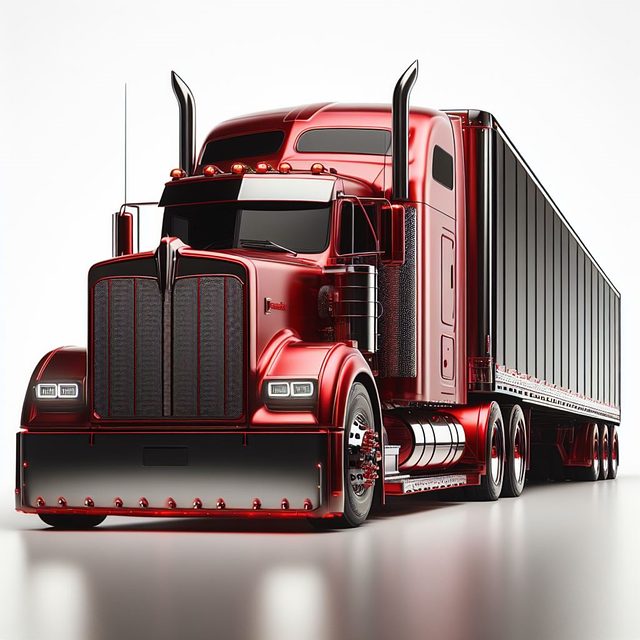For smooth business operations and risk management, small business owners must understand and stay current with their truck insurance policies. These policies cover essential components like liability, collision, comprehensive, and cargo insurance. Adding or replacing vehicles requires strategic adjustments to maintain continuous protection. Regular policy reviews, proactive communication with insurers, and tailored coverage options are key to preventing disruptions and potential risks during fleet transitions.
As your small business grows, so does your fleet. Adding or changing vehicles is exciting but can be complicated when it comes to insurance. Understanding your small business truck insurance policy is crucial for ensuring seamless coverage transitions. This guide explores essential steps, strategies, and common pitfalls to navigate these changes smoothly, keeping your operations protected at every step.
Understanding Your Small Business Truck Insurance Policy

Understanding your small business truck insurance policy is crucial for ensuring seamless coverage transitions during vehicle additions or changes. This involves familiarizing yourself with the key components and limitations outlined in your policy document. Small business truck insurance typically covers liability, collision, comprehensive, and specific types of cargo insurance, among others. By thoroughly comprehending these coverages, you can proactively manage risks associated with new vehicles, drivers, or operational shifts.
Policy details are essential for smooth transitions because they dictate what is covered and what falls outside the policy’s scope. For instance, if a new truck is added to your fleet, verify that it is included in your insurance policy. Similarly, ensure that any changes in business operations, such as altering delivery routes or hiring additional drivers, align with your insurance coverage. Regularly reviewing and updating your small business truck insurance policy helps guarantee continuous protection, mitigating potential losses and legal liabilities during transitions.
Vehicle Addition or Change: What You Need to Know

When a small business owner decides to expand their fleet by adding a new vehicle, or even replacing an old one, it’s crucial to understand the implications for insurance coverage. This process goes beyond simply updating your vehicle registration; it requires careful navigation to ensure seamless transitions in protection for your investment and business operations. A typical small business truck insurance policy is designed with such scenarios in mind, offering flexible options to accommodate these changes.
During a vehicle addition or change, the primary focus should be on maintaining continuous coverage to avoid gaps that could leave your business vulnerable. This includes promptly notifying your insurance provider about the transition and ensuring that all necessary paperwork is updated to reflect the new vehicle’s details. Many small business truck insurance plans allow for easy adjustments, making it convenient for owners to manage their fleet changes while keeping costs competitive.
Seamless Coverage Transitions: Strategies for Smooth Sailing

Seamless Coverage Transitions: Strategies for Smooth Sailing
When a small business owner adds or changes vehicles, ensuring continuous and uninterrupted insurance coverage is paramount. A sudden gap in protection can expose your business to significant risks, from legal liabilities to financial losses. To avoid these pitfalls, proactive planning and coordination are key. One effective strategy is to notify your insurance provider well in advance of any upcoming changes, allowing them to adjust policies accordingly without causing disruptions.
Additionally, maintaining open lines of communication with your insurance agent or broker facilitates a smoother transition. They can offer tailored advice based on your specific needs and help you choose the most suitable coverage options for your updated fleet. Regular policy reviews also enable you to identify any potential gaps or overlaps in coverage, ensuring that your small business truck insurance keeps pace with your evolving operations.
Common Pitfalls and How to Avoid Them During Changes

Many small businesses face challenges when transitioning their vehicle insurance during additions or changes, often due to a lack of understanding or proper planning. Common pitfalls include miscommunication with insurance providers, inadequate coverage options tailored to specific business needs, and failure to consider potential risks associated with new vehicles or operations.
To avoid these issues, small business owners should actively engage in researching suitable truck insurance plans before making any changes. They must clearly communicate their requirements to insurers, ensuring that policies align with their operational scope, fleet size, and risk profile. Regularly reviewing policy terms and conditions is essential, as well as staying updated on industry best practices for fleet management, thereby safeguarding against unforeseen circumstances and ensuring uninterrupted operations with comprehensive small business truck insurance coverage.
When adding or changing vehicles, a smooth coverage transition is vital for any small business owner. By understanding your policy, proactively planning changes, and avoiding common pitfalls, you can ensure uninterrupted protection for your fleet and avoid costly mistakes. Remember, effective management of your small business truck insurance is key to maintaining peace of mind on the road ahead.
